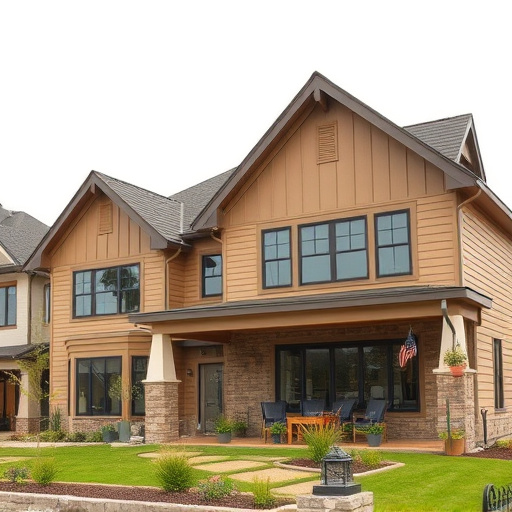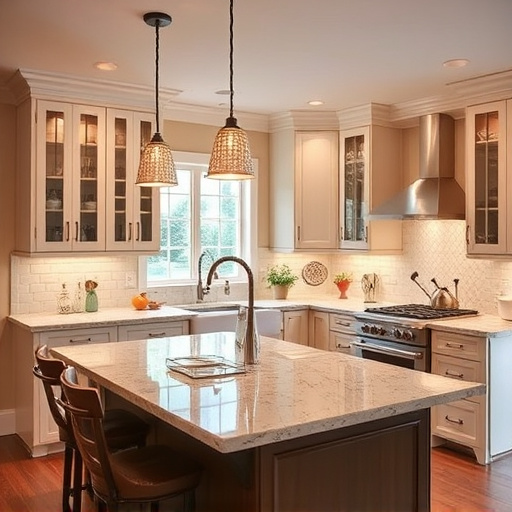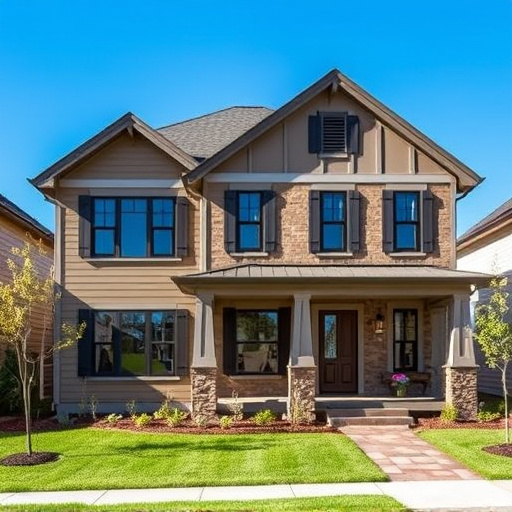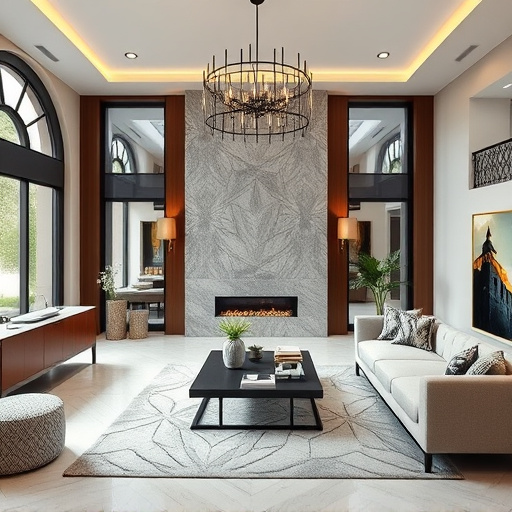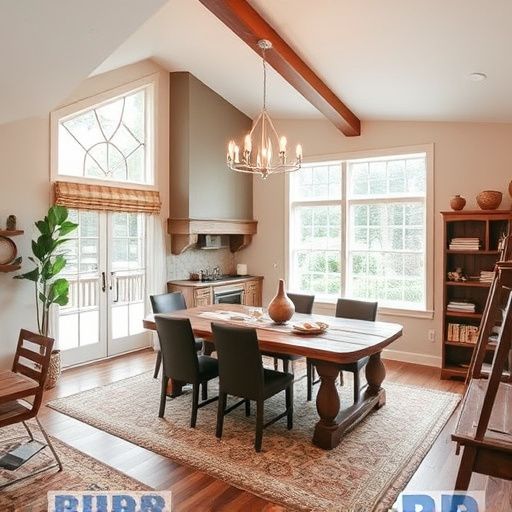Commercial remodeling projects require tailored approaches based on unique factors like building age, intended use, and regulatory considerations. Prioritizing durability, functionality, and design aesthetics ensures long-term investment value for both residential and commercial renovations. Balancing environmental sustainability with cost efficiency by choosing eco-friendly materials enhances energy efficiency and reduces future operational costs. Strategic material choices, such as fiber cement siding, steel frames, recycled steel, and bamboo, offer resilience, low maintenance, and performance benefits.
Choosing the right materials for your commercial remodeling project is a crucial step in ensuring longevity, aesthetics, and sustainability. This comprehensive guide navigates the process, focusing on understanding your project’s unique demands. We explore material considerations for enhanced durability and low maintenance, emphasizing environmental impact and cost-effectiveness. Whether you’re remodeling an office space or a retail store, this article provides insights to help you make informed decisions, turning your commercial space into a vibrant, long-lasting environment.
- Understanding Your Commercial Remodeling Project's Unique Needs
- Material Considerations for Durability and Low Maintenance
- Environmental Impact and Cost-Effectiveness: A Balancing Act
Understanding Your Commercial Remodeling Project's Unique Needs
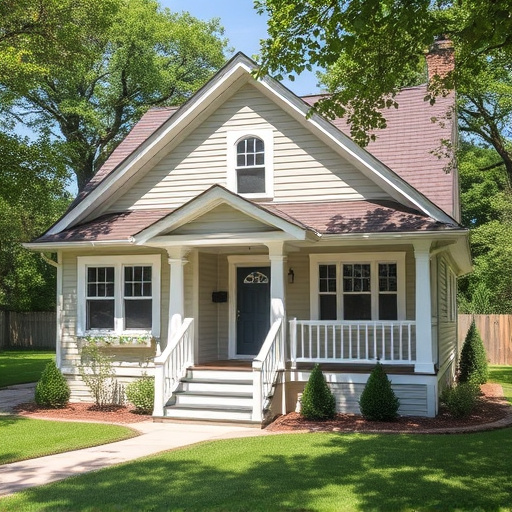
Every commercial remodeling project is unique, driven by specific requirements and goals that vary greatly from one space to another. Whether it’s a whole house remodel or a renovation focused on transforming functional spaces within a building, understanding these distinct needs is the first step in selecting appropriate materials. Consider the following factors: the building’s age, existing infrastructure, intended use of the space after remodeling, and any regulatory or environmental considerations.
For instance, an old commercial structure might necessitate more extensive structural repairs and require materials that can withstand higher loads, while a newer building undergoing a minor facelift may only need cosmetic changes with an emphasis on aesthetics and energy efficiency. Whether you’re handling residential renovations or commercial projects, prioritizing durability, functionality, and alignment with the desired design aesthetic is key to ensuring longevity and value for your investment in the long term.
Material Considerations for Durability and Low Maintenance
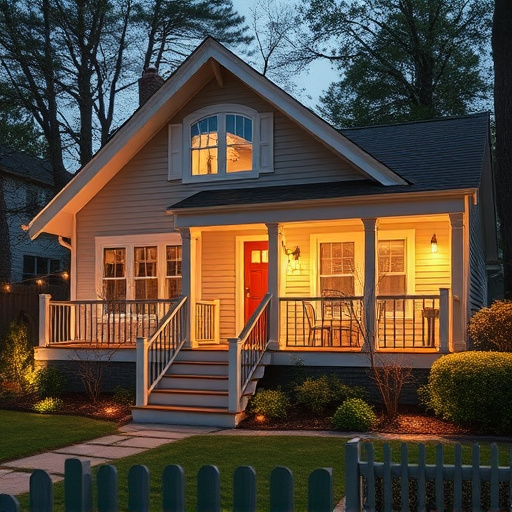
When considering materials for commercial remodeling projects, durability and low maintenance should be at the forefront of your decision-making process. Long-lasting materials not only ensure a robust and reliable structure but also reduce the need for frequent repairs and replacements. Opting for resilient options in high-traffic areas or exterior surfaces can significantly impact the overall longevity of the renovation. For instance, choosing weatherproof and impact-resistant materials like fiber cement siding or steel frames can protect against environmental factors and accidental damage.
In the realm of commercial remodeling, balancing aesthetics and durability is key. Incorporating easy-to-clean and scratch-resistant finishes in high-use zones, such as floors and walls, can save time and effort in maintenance. Additionally, selecting materials with built-in insulation properties not only enhances energy efficiency but also reduces long-term maintenance costs. These strategic material choices for commercial spaces not only contribute to the overall beauty of residential renovations or home transformations but also ensure a smoother, more cost-effective interior painting process down the line.
Environmental Impact and Cost-Effectiveness: A Balancing Act
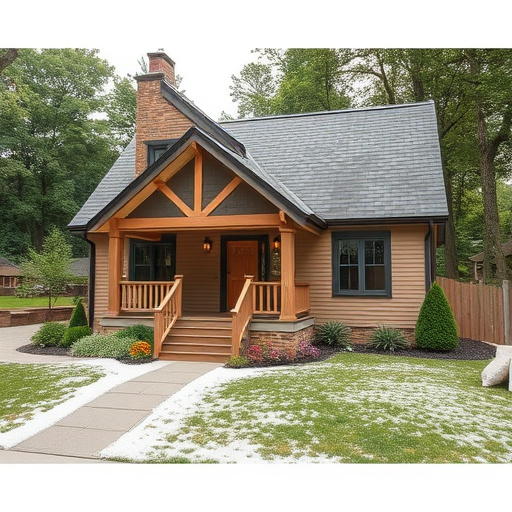
When choosing materials for commercial remodeling projects, striking a balance between environmental impact and cost-effectiveness is paramount. On one hand, selecting eco-friendly options can contribute to sustainability goals, reduce carbon footprints, and foster a healthier working environment. Materials like recycled steel, bamboo, or energy-efficient insulation not only minimize the ecological toll but also offer long-term benefits through reduced maintenance and operational costs.
On the other hand, cost considerations cannot be overlooked. While initial investments in sustainable materials might be higher for whole house remodels or kitchen renovations, their longevity and performance pay dividends over time. For instance, exterior painting with eco-friendly paints can enhance curb appeal while reducing environmental harm. Balancing these factors requires careful planning, staying informed about emerging technologies, and prioritizing long-term value over short-term expenses.
When embarking on a commercial remodeling project, selecting the right materials is key. By understanding your project’s unique needs, considering durability and low maintenance, balancing environmental impact with cost-effectiveness, you can create a space that not only meets current demands but also stands the test of time. Choosing materials that align with these factors ensures a successful transformation that enhances the building’s overall value and longevity.








